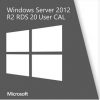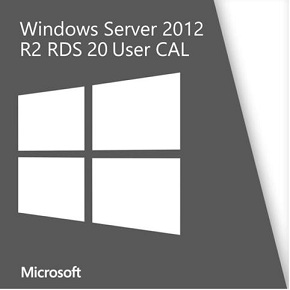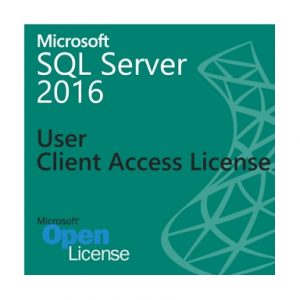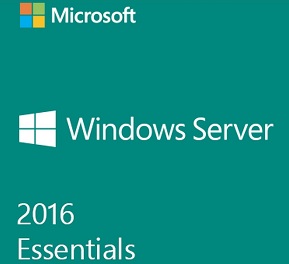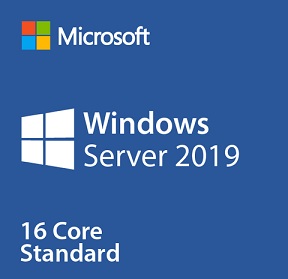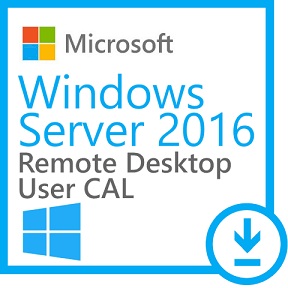Description
Microsoft Windows Server 2012 Remote Desktop Services 50 user CALs
- Supports 5 Remote Users / 1 Concurrent Remote Device Connection per User License, Unlimited Non-Concurrent Device Connections per User License
- Digital Delivery / 24 biz hours Estimated Delivery Time
- Unlimited Connecting Device Installations per User License
- Licensed for Home and Commercial Use
What’s new in Windows Server 2012 Remote Desktop Services
The key value that Remote Desktop Services provides is the ability to centralize and control the applications and data that employees need to perform their job from the variety of devices that the employee uses.
Optimized Media Streaming
Adaptive Graphics
Intelligent Transports
Adaptive Network Auto Detect
DirectX11 Support with vGPU
Single Sign-On
Multi Touch
USB Redirection
Overall infrastructure simplification and cost reduction
Cost and complexity is a major roadblock for Virtual Desktop Infrastructure (VDI) and hosted desktop deployments of all sizes. In Windows Server 2012 there are many improvements to address this problem, such as:
Robust Pooled Virtual Desktop Collection model
User Profile Disk
Wide range of high-performance and low cost storage options
Fairshare of resources in RD Session Host
The physical GPU is optional for VDI
Removal of a dedicated RD Session Host server running in redirection mode
Overall management simplification
This is targeted at improving the E2E management experience as well as enabling partner solution creation. Improvements include:
A single management interface
RDS now includes a single management interface through which you can deploy RDS end to end, monitor the deployment, configure options, and manage all your RDS components and servers.
Scenario-Focused Deployment
The new Server Manager sets up all the roles needed for an RDS deployment, configures each server role correctly to communicate with the other roles, and walks you through creating your first virtual desktop or session collection as well.
Active/Active RD Connection Broker
Two RD Connection Brokers can be combined as a farm to provide both fault tolerance and load balancing. This prevents the broker from being a single point of failure and also allows ?scale out? as load demands.
PowerShell support
All platform functions and capabilities can be controlled through a comprehensive and rich PowerShell layer. IT administrators can use it to build sophisticated automation that helps fit RDS into their IT infrastructure.
Licensing model
Remember that RDS supports both per-user and per-device licensing.
Three deployment choices
Remote Desktop Services in Windows Server 2012 provides a single infrastructure, and consistently great remoting experience even over WAN while offering three deployment choices to reduce the cost appropriate to the needs of the user. The administration is simplified and platform hooks are provided for partner extension to provide additional value and solutions.
Move to new hardware if needed
You’ll need to purchase RDS Client Access Licenses (CALs) and install them on the RD Licensing server. These RDS CALs are tied to the server, but RDS lets you move them to new hardware if needed.
